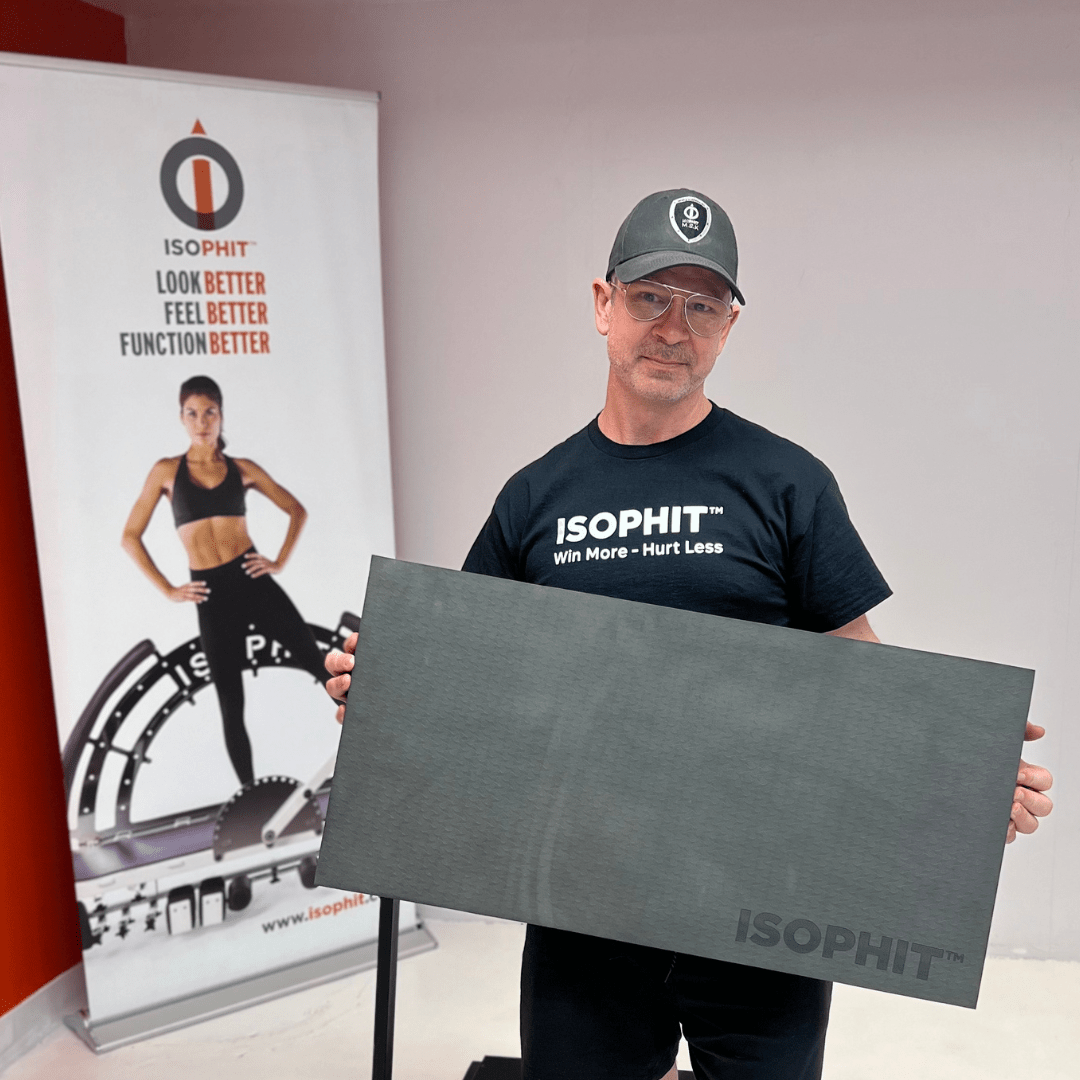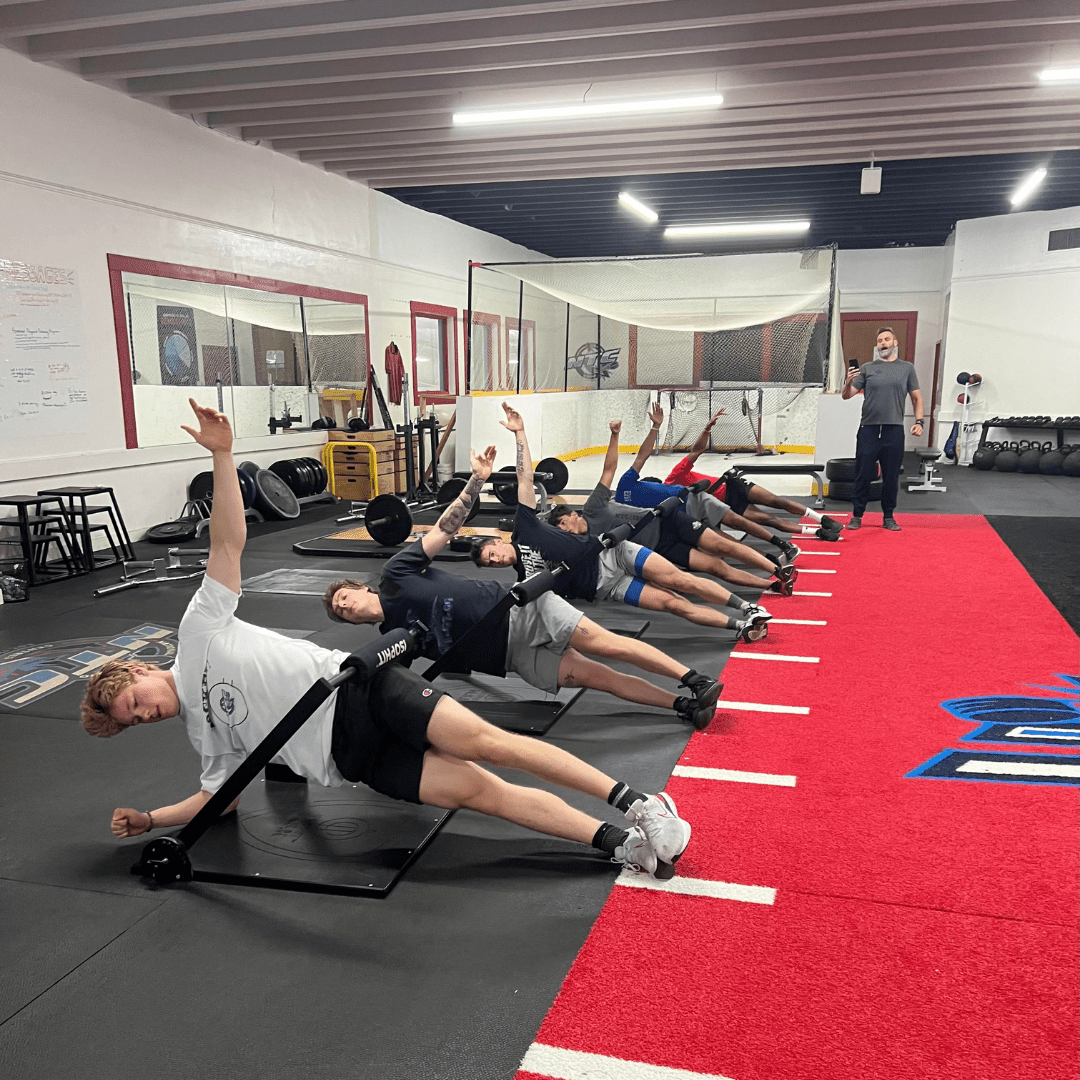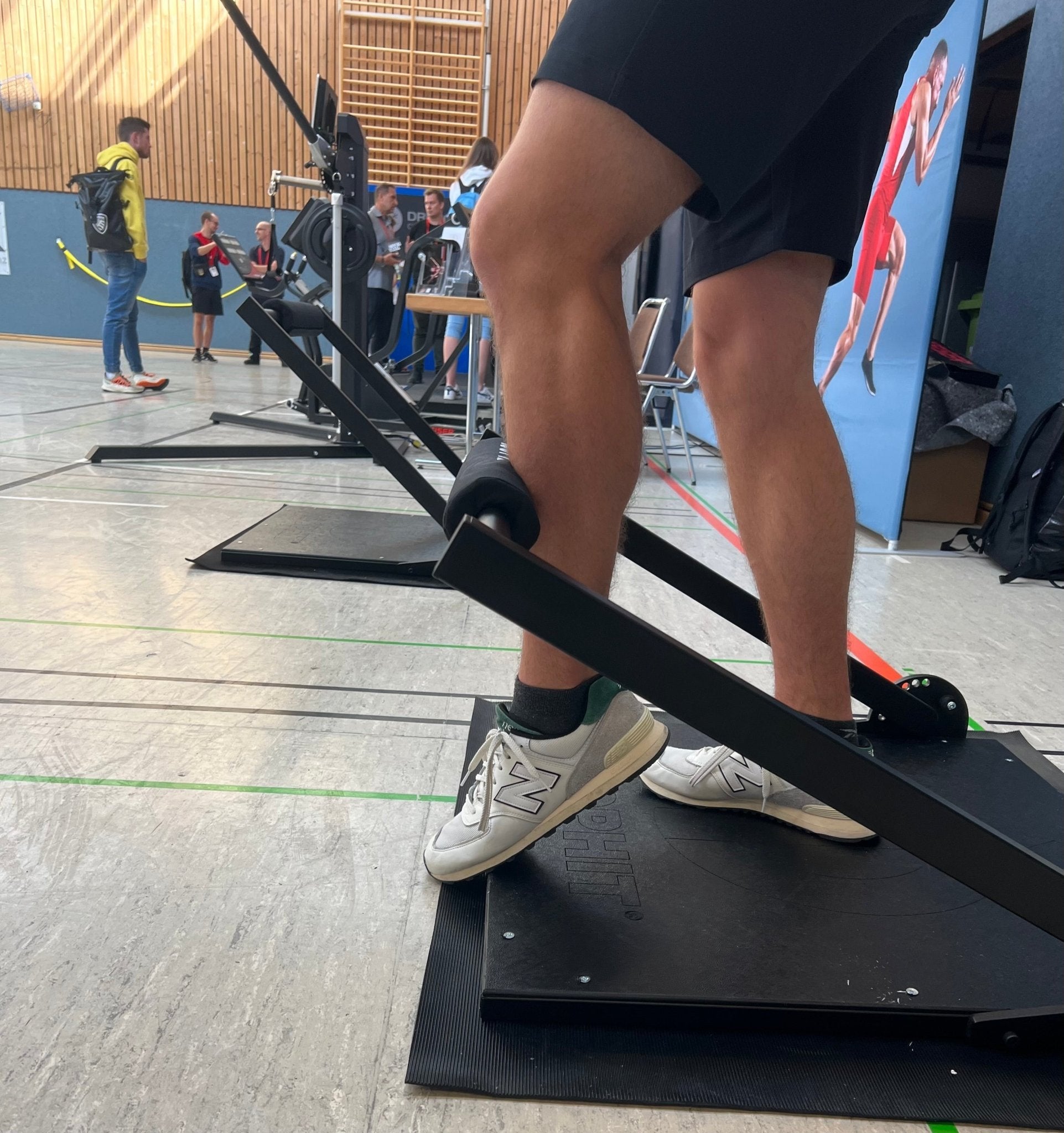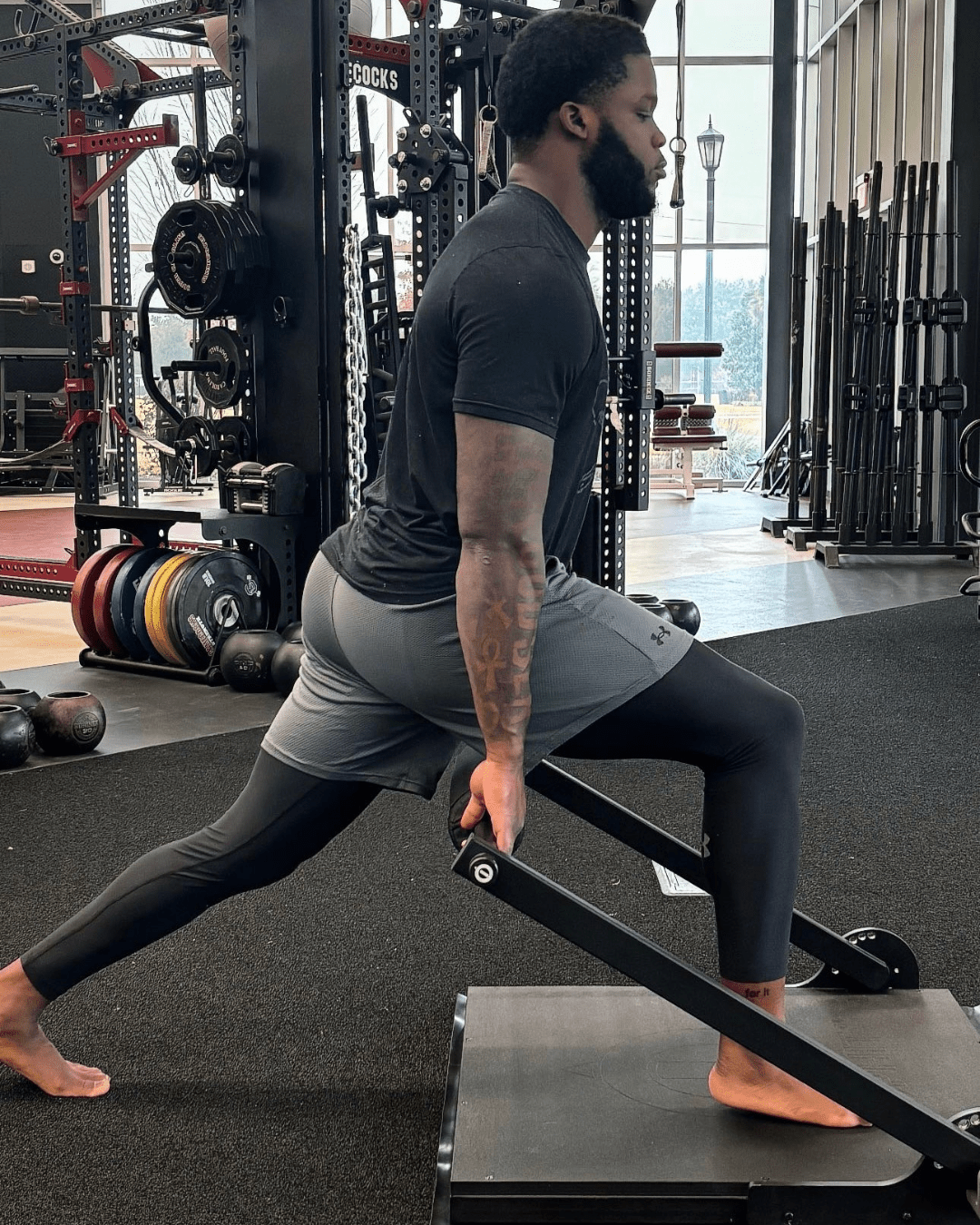Athletes rely on their ability to generate, tolerate, transfer, and express force for optimal performance. At the core of this ability lies the functional integrity of over 4,000 tendons in the human body. Tendons play a pivotal role in transmitting muscular forces to the skeleton, enabling explosive movements. However, periods of inactivity or injury can significantly compromise tendon stiffness, leading to reduced force production, performance declines, and heightened injury risk.
Tendon Stiffness and Explosive Force Production
Tendon stiffness is directly linked to an athlete’s capacity for explosive force. During isometric contractions, the rate of torque development (RTD)—a measure of explosive strength—depends on the mechanical properties of the force-transmitting structures, such as tendons and aponeuroses. Research shows that when a compliant (low-stiffness) structure is introduced between a muscle and its load, RTD decreases. This demonstrates the critical role of tendon stiffness in enabling rapid and effective force transmission.
Training interventions that target both the muscle and connective tissues have shown concurrent improvements in tendon stiffness and RTD. Notably, isometric strength training performed at high effort intensities and for longer durations has been shown to increase tendon stiffness more effectively than shorter duration isometric contractions or dynamic muscle actions. This highlights the importance of intensity and duration in stimulating tendon adaptations. However, when athletes experience inactivity or prolonged recovery from injuries, these adaptations are reversed. Studies reveal simultaneous declines in tendon stiffness and RTD during periods of reduced loading, resulting in compromised athletic performance.
Mechanisms Linking Tendon Stiffness to Force Production
The relationship between tendon stiffness and force production extends beyond efficient force transmission. Tendon compliance affects muscle fiber behavior during contractions. In compliant systems, tendons deform more under tension, forcing muscle fibers to shorten excessively. This excessive shortening shifts the muscle’s operation to less favorable points on the force-velocity curve, reducing both peak force and RTD.
Stiffer tendons, on the other hand, provide a more stable platform for rapid force generation. By minimizing deformation during contraction, stiff tendons enhance the speed and efficiency of force transmission, allowing athletes to generate explosive power with precision.
Impact of Inactivity and Injury on Tendon Properties
Periods of inactivity, whether due to injury or reduced training, have a profound impact on tendon health. Tendons are highly responsive to mechanical loading; consistent activity promotes collagen synthesis, improving stiffness and strength. Conversely, inactivity results in reduced collagen turnover, weakened microstructure, and increased compliance, significantly impairing the tendon’s ability to transmit forces effectively.
These changes have clear implications for sport. Reduced tendon stiffness leads to slower force application, diminished explosive strength, and an increased likelihood of re-injury upon return to play. For athletes, this means not only a temporary decline in performance but also prolonged periods of rehabilitation to regain tendon integrity.
Prioritizing Tendon Health in Sports Conditioning
While much attention is given to muscle strength and neural factors such as motor unit recruitment and firing frequency, tendon stiffness must be equally prioritized in sports conditioning. Studies suggest that tendon properties account for approximately 30% of the variance in isometric RTD during maximal contractions. Therefore, optimizing tendon stiffness is crucial for enhancing force production and reducing injury risk.
Given that longer duration, high-effort isometric strength training is particularly effective for improving tendon stiffness, incorporating such protocols into an athlete’s program can help counteract the detrimental effects of inactivity and injury. Maintaining tendon health is essential not only for performance but also for long-term athletic success. Conditioning specialists must develop programs that address the mechanical properties of tendons, ensuring their resilience to the stresses of sport and minimizing the negative effects of inactivity or injury.
Conclusion
Inactivity and injury significantly impact tendon stiffness, a key determinant of an athlete's ability to generate and transmit force effectively. Reduced tendon stiffness leads to declines in explosive strength, slower force application, and increased injury risk. Evidence suggests that longer duration, high-intensity isometric training is particularly effective in enhancing tendon stiffness, making it a valuable strategy for optimizing performance and minimizing risk. By prioritizing tendon health alongside muscular and neural factors, sports conditioning specialists can enhance force tolerance, generation, transference, and expression, ensuring athletes perform at their peak while reducing the likelihood of injury recurrence.
At Isophit, we help the world’s strongest, fastest, and most gifted athletes—and everyday people—win more, hurt less, and age stronger!
Learn more at www.isophit.com





![5. 30inThirty™ Strength Series - [15 Printable Programs] - Isophit](http://www.isophit.com/cdn/shop/files/5-30inthirty-strength-series-15-printable-programs-433761.png?v=1728497641&width=1080)




Share:
Understanding Ankle Instability and Its Impact on Injury Risk: The Role of Isometric Strength Training.
Isometric Strength Training: A Game-Changer for Tendon Healing and Patellar Tendinopathy